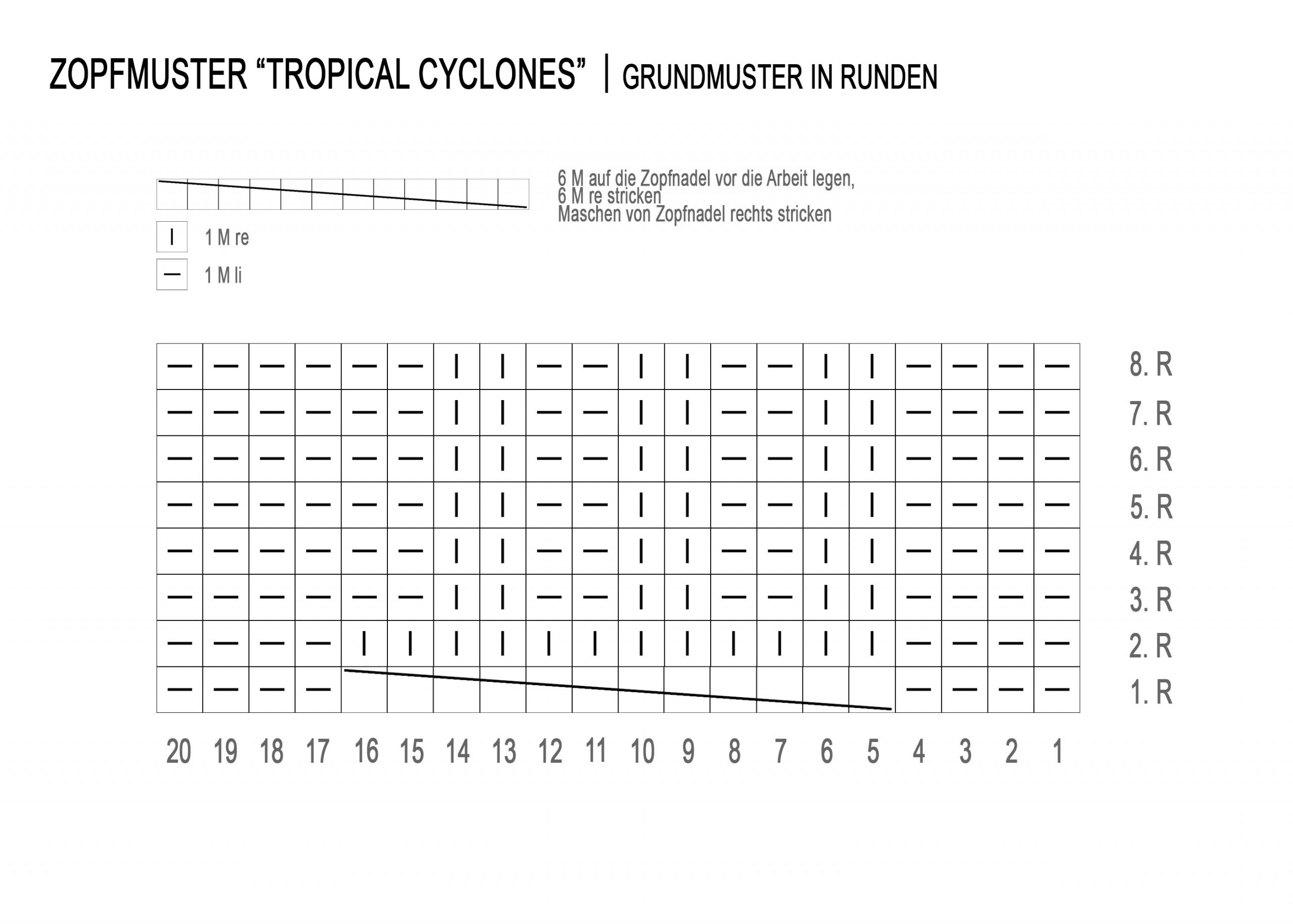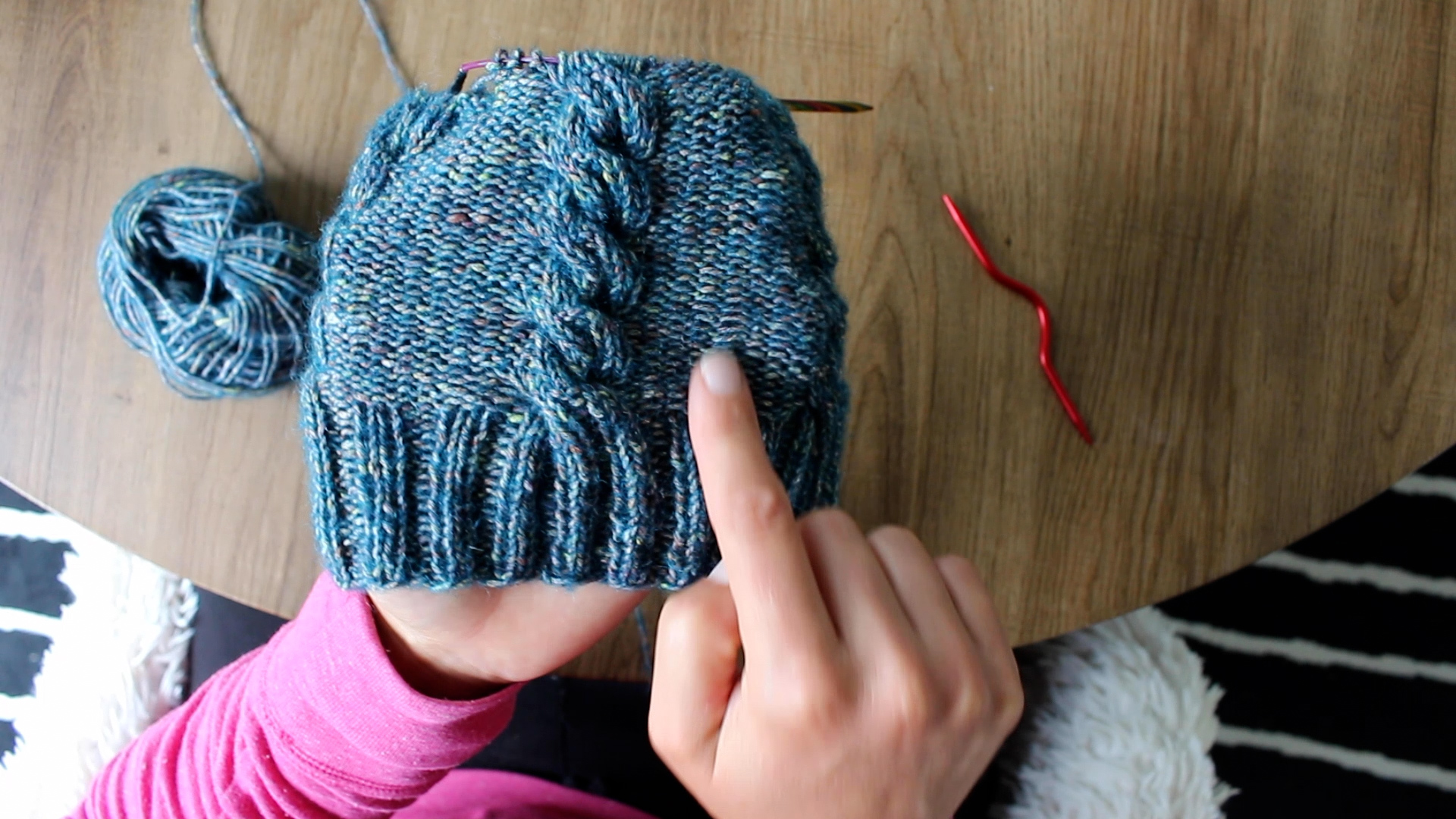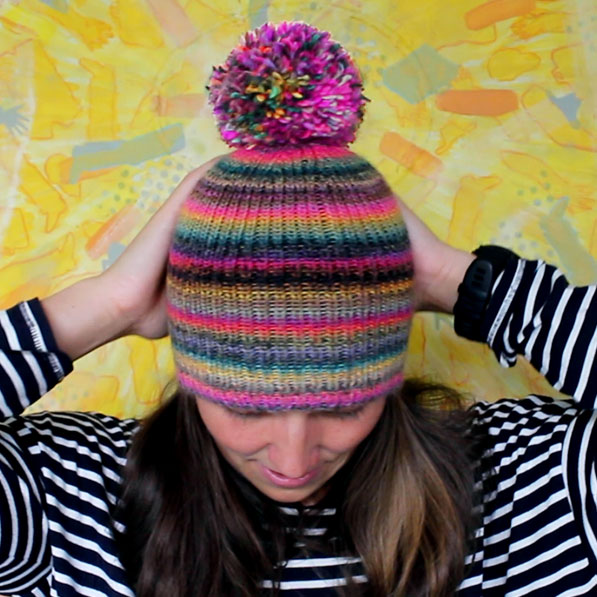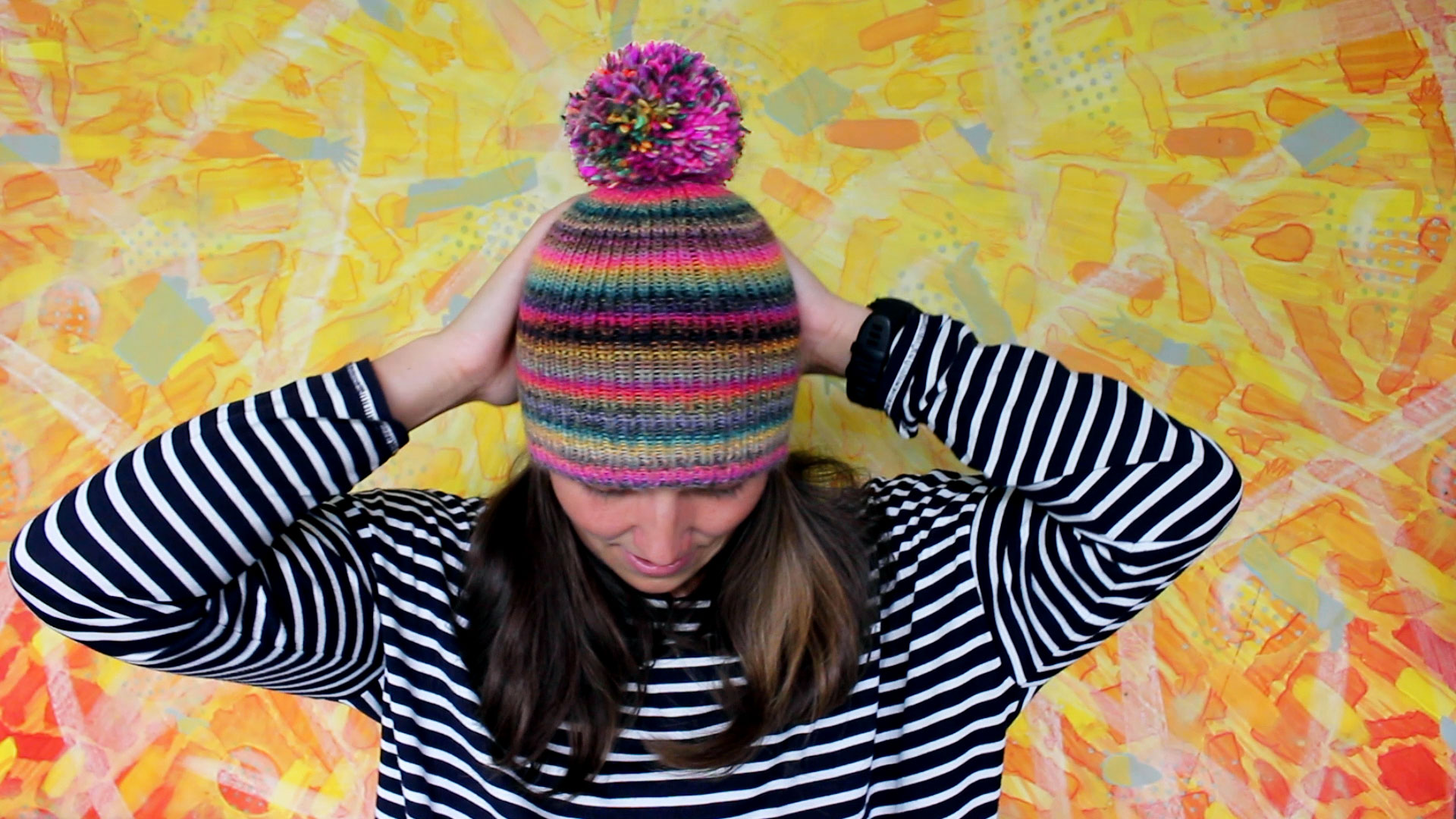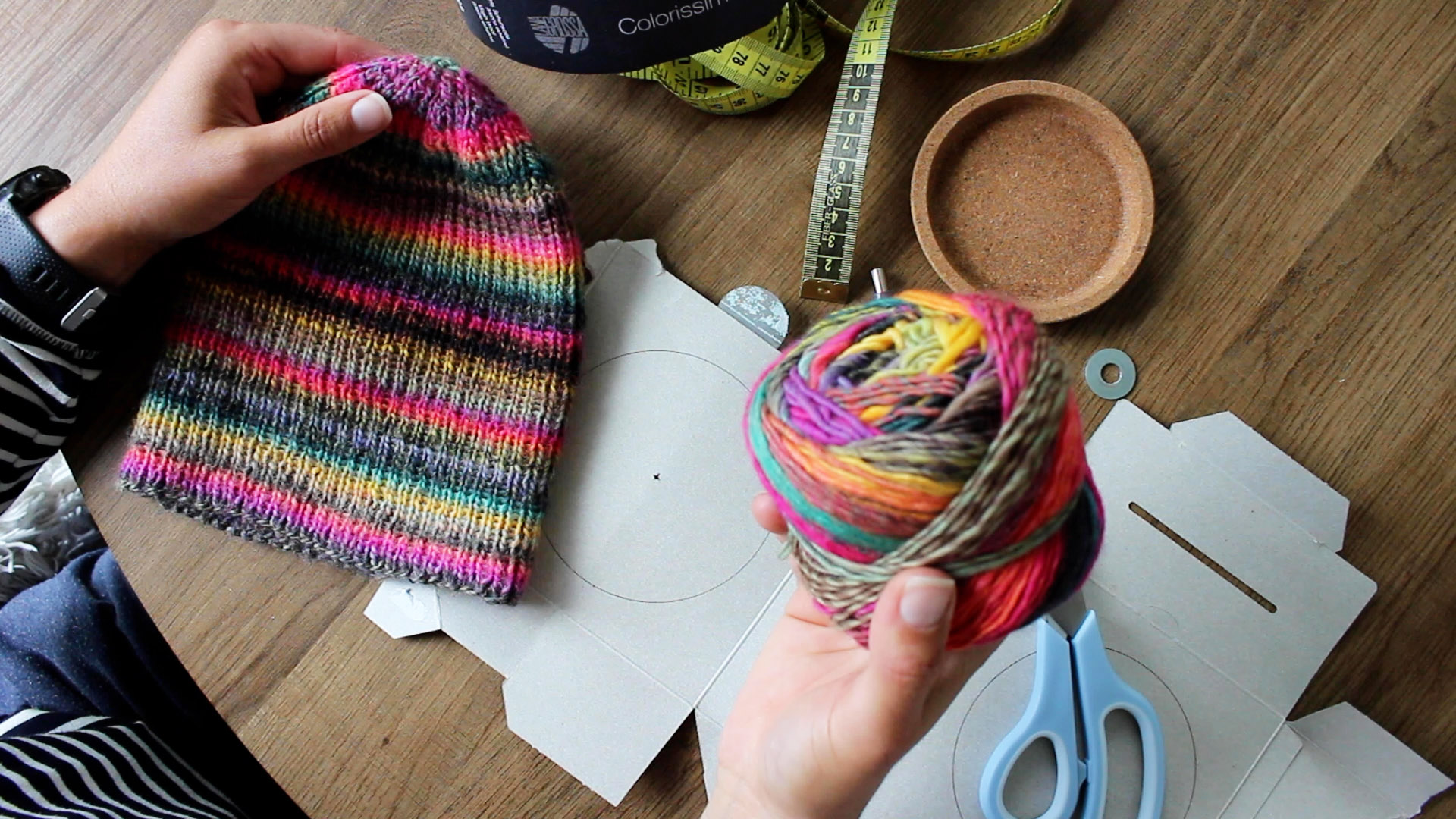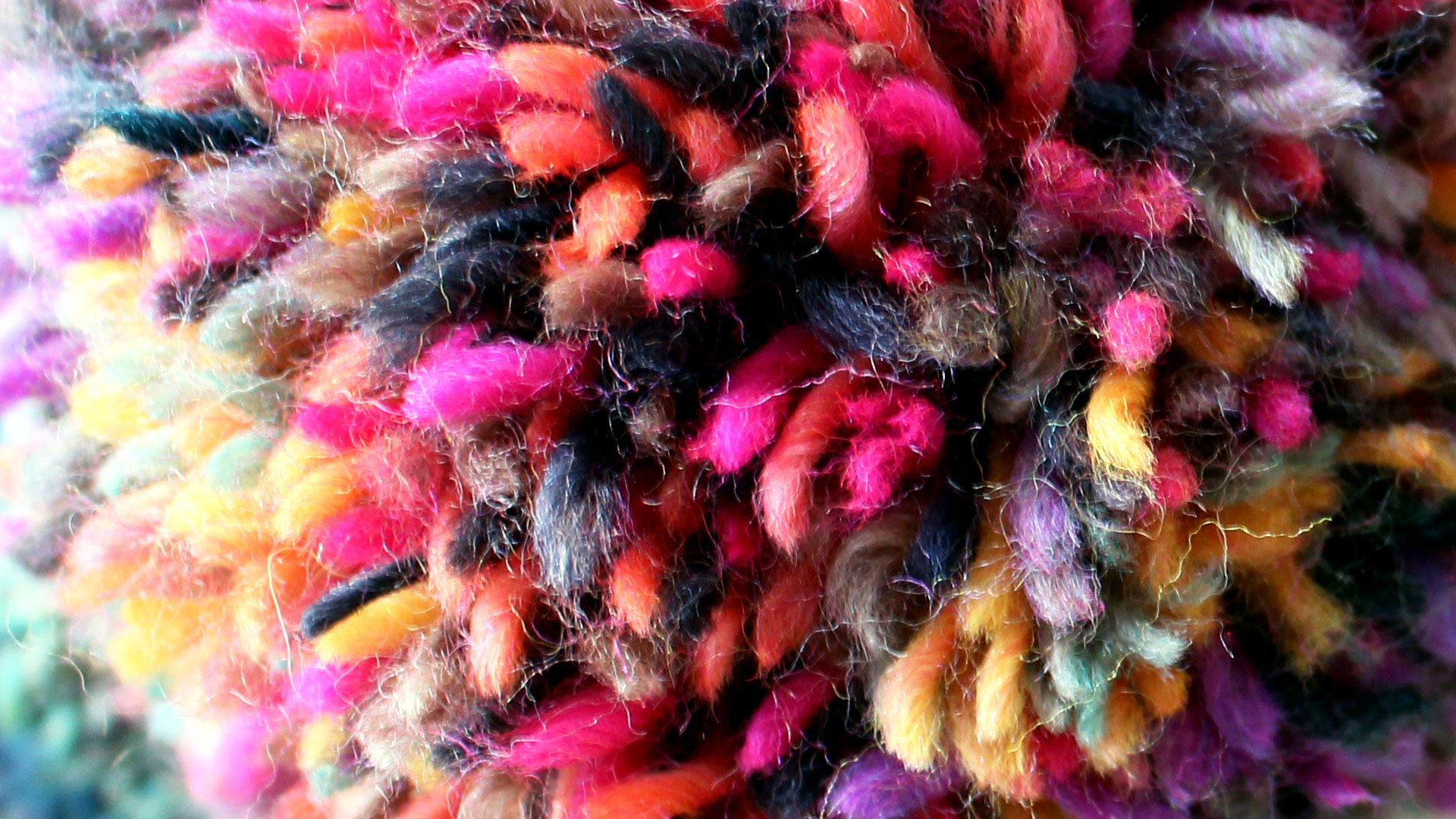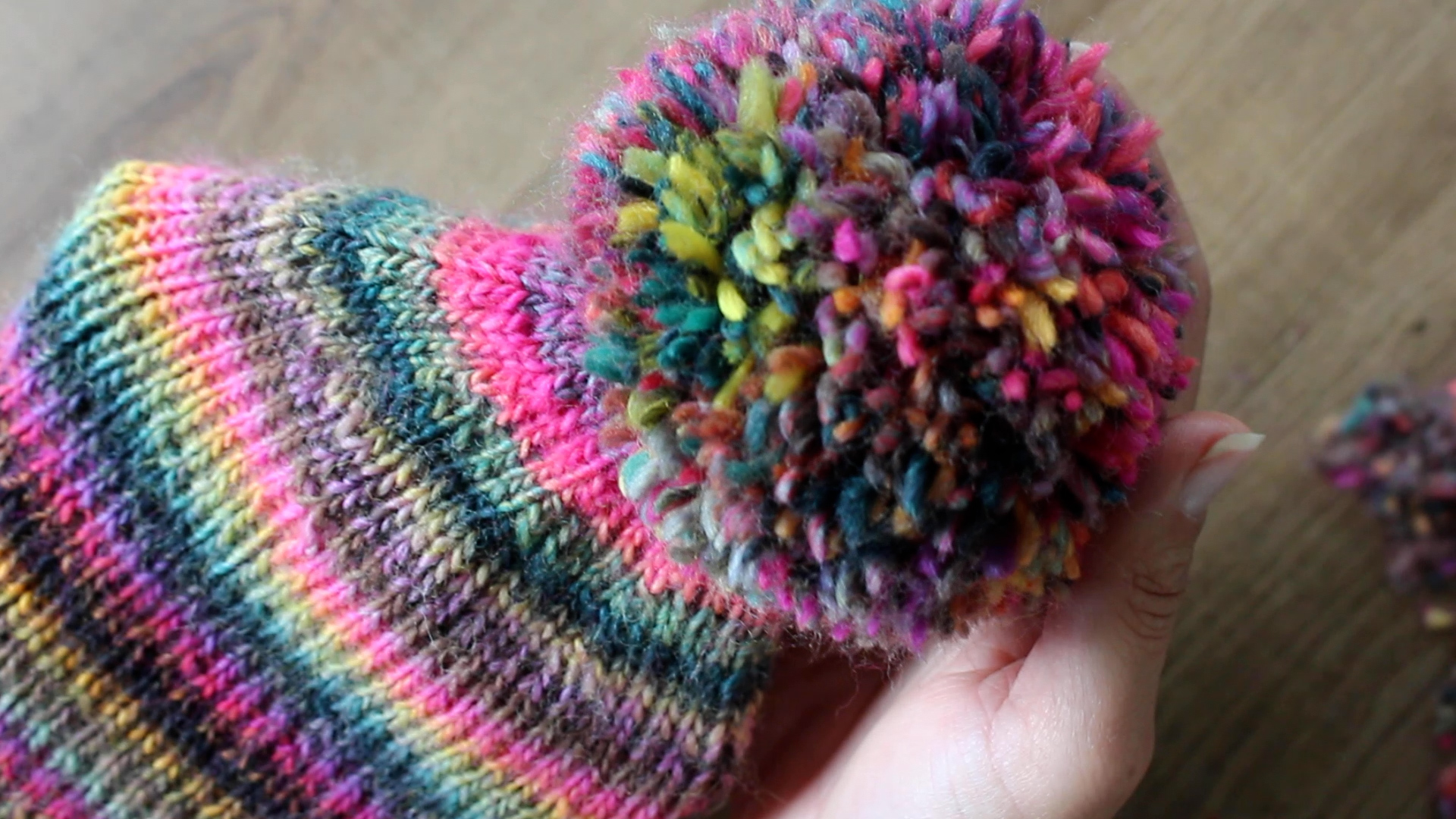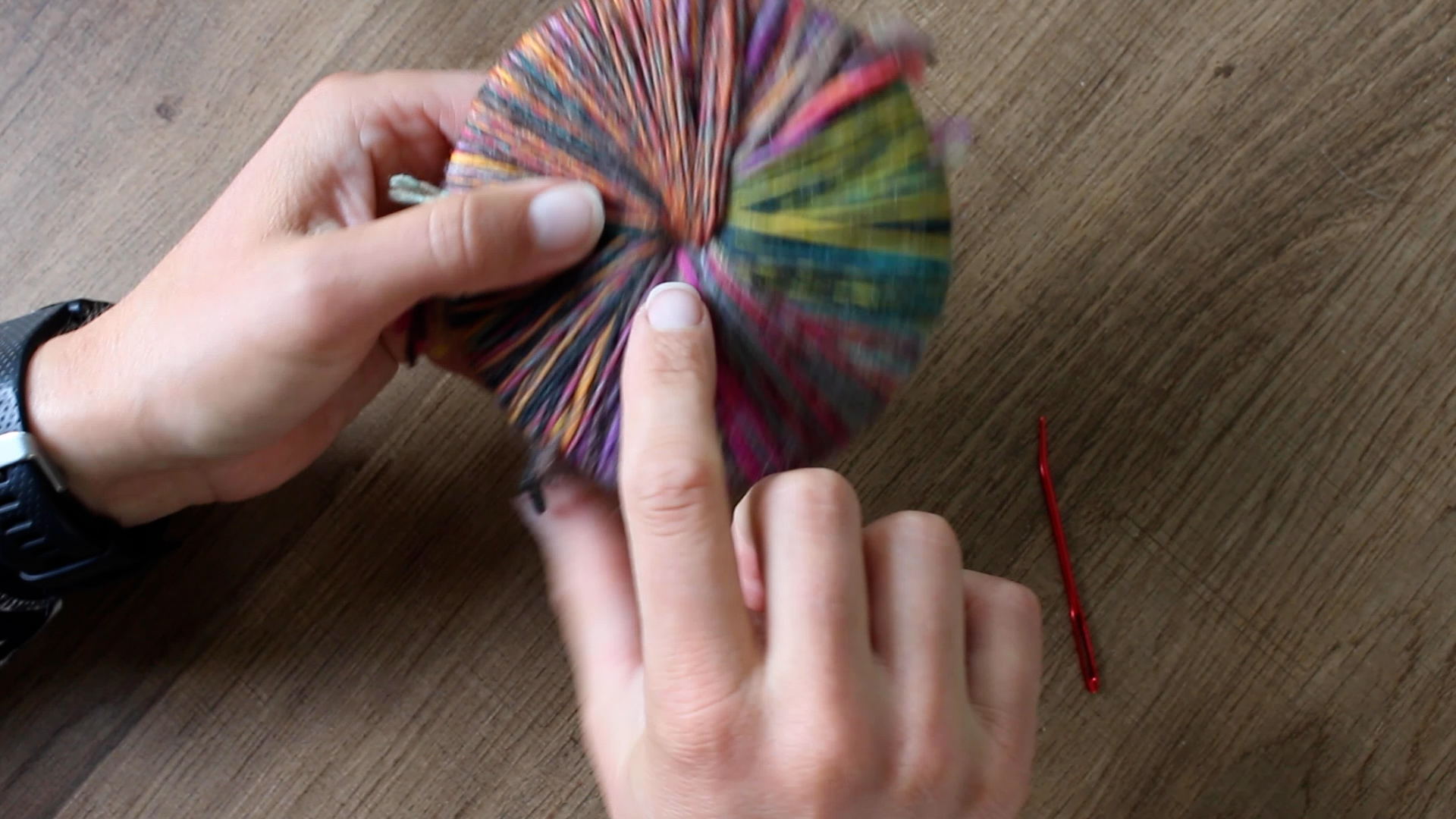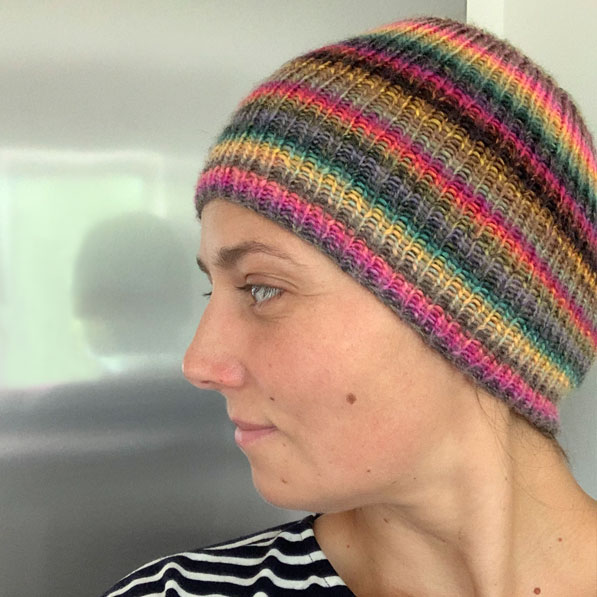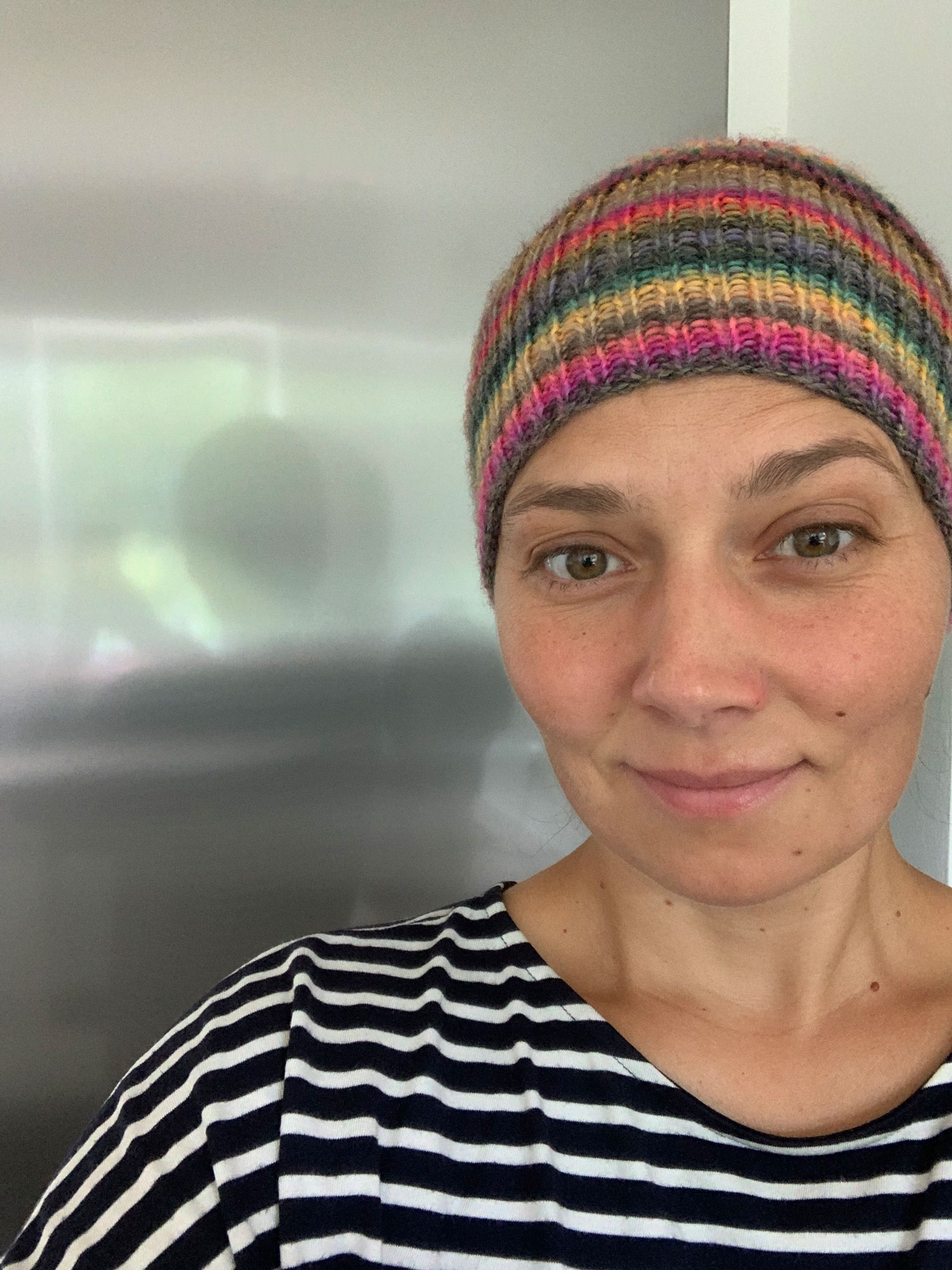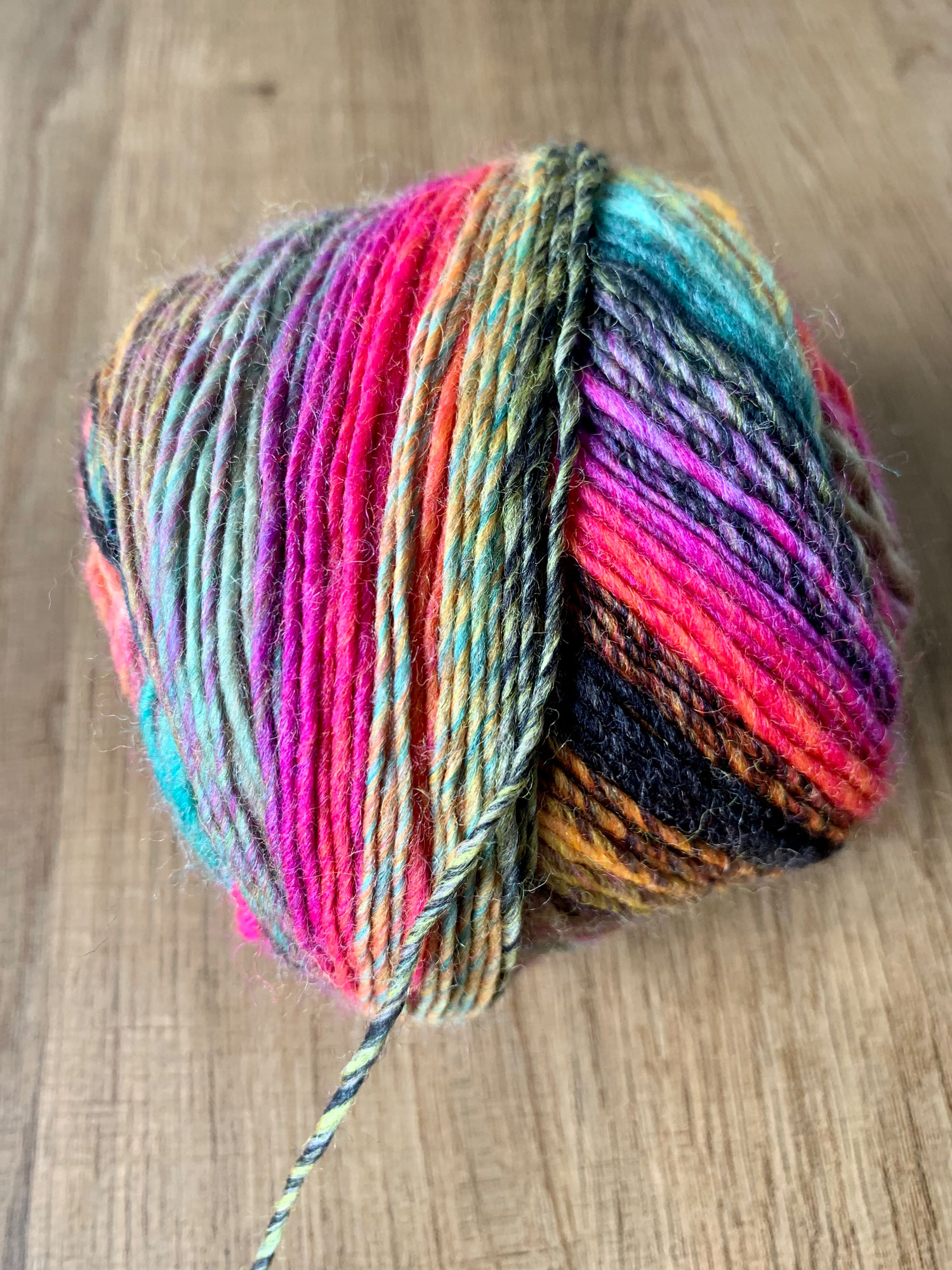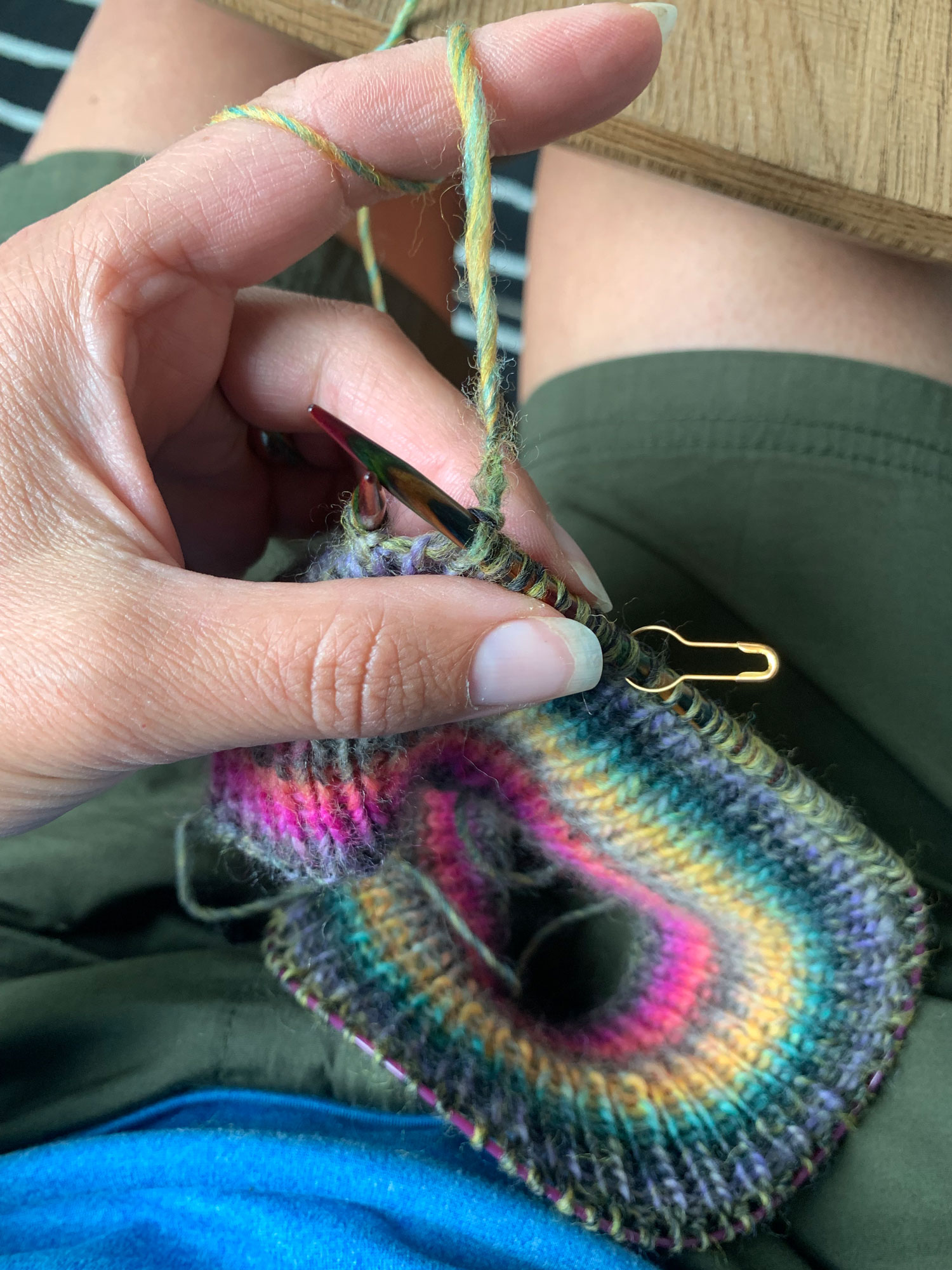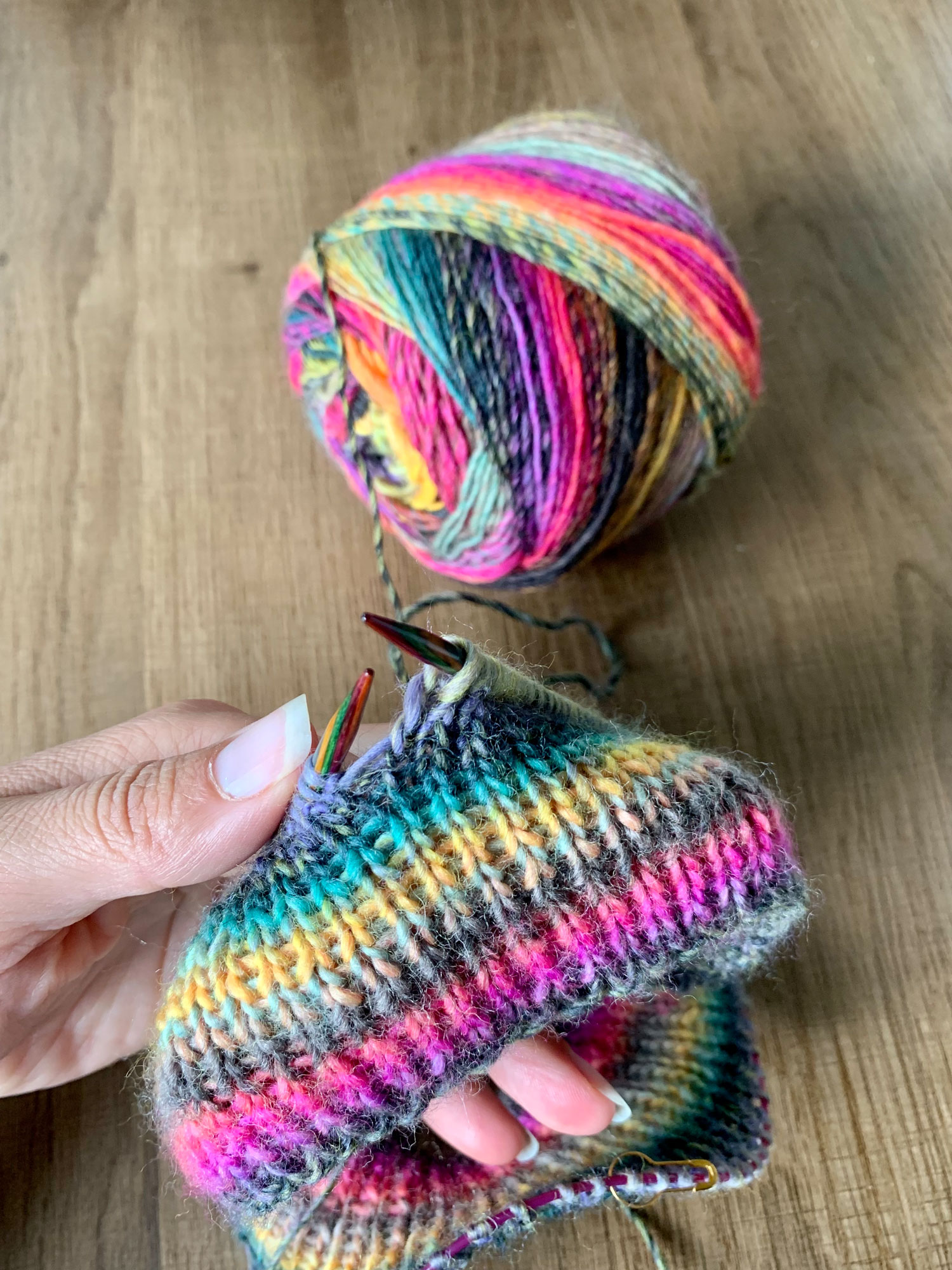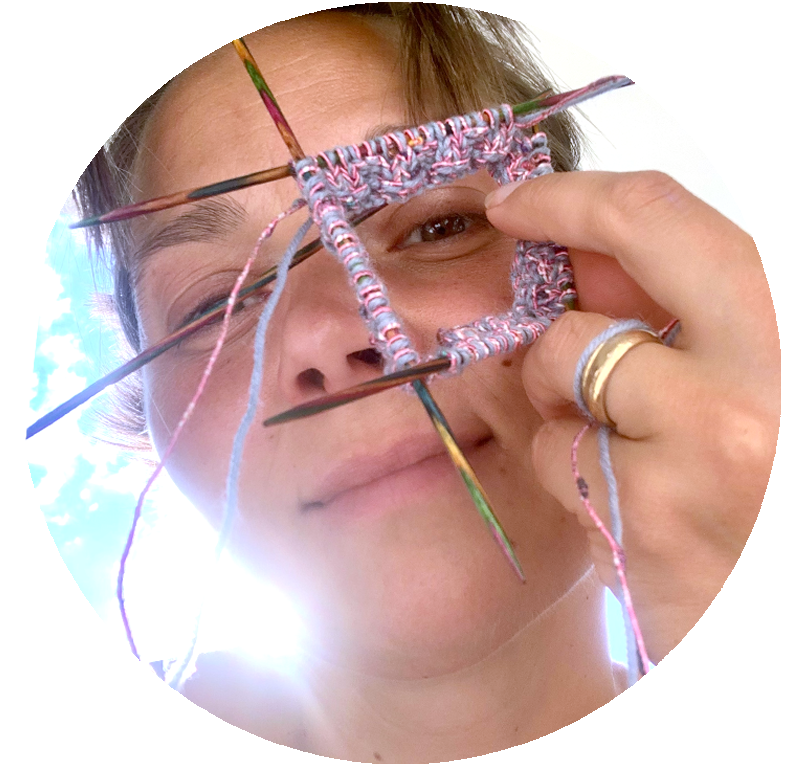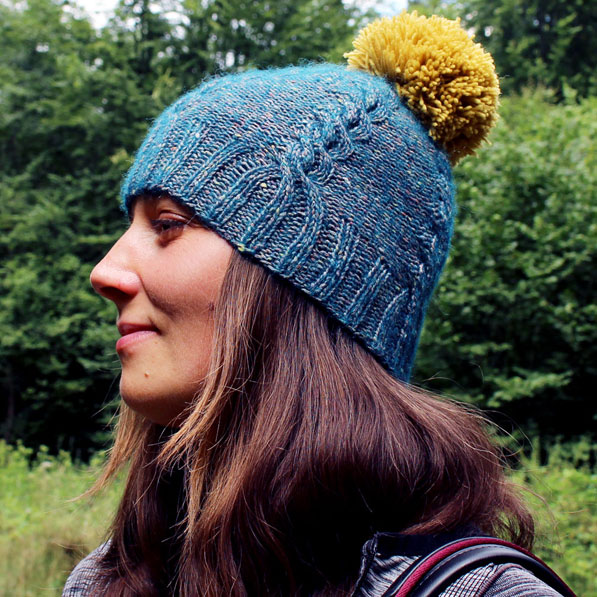
MEINE NEUE MÜTZE „TROPICAL CYCLONES“ MIT EINFACHEM ZOPFMUSTER IST FERTIG – INKL. TUTORIAL
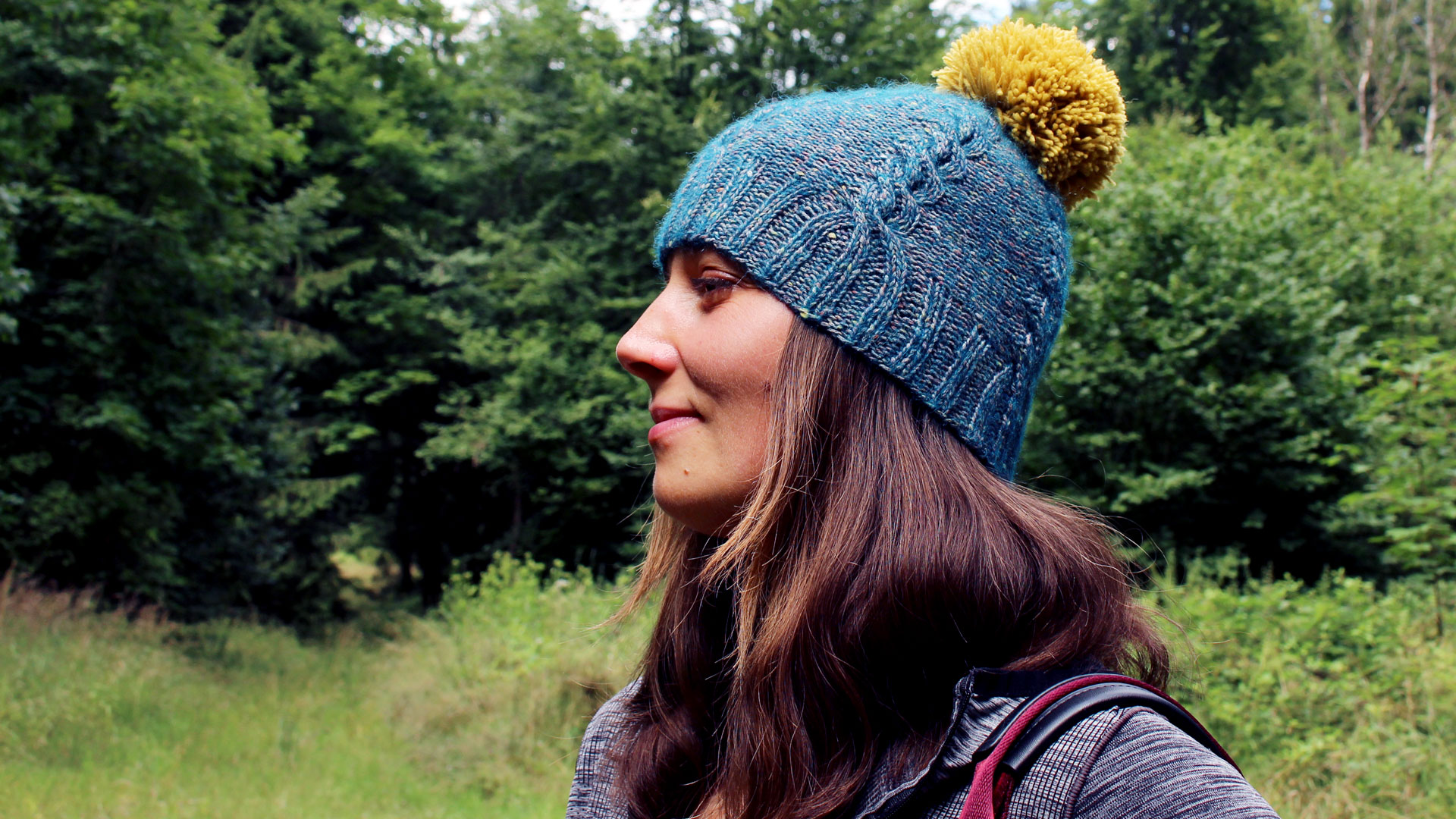
Heute möchte ich euch mein 1. eigenes Mützen-Design zeigen. Diese Mütze entstand, als ich mit verschiedenen Zopf-Mustern experimentiert habe. Dieses spezielle Zopfmuster erinnerte mich an einen Wirbelsturm. Und da ich bei meiner Mütze fünf dieser Zopfmuster integriert habe, entstand der Name, dieser Mütze.
Der Name „Tropical Cyclones“ soll darauf hinweisen, dass diese Mütze von der Wirbelstruktur und Dynamik von tropischen Wirbelstürmen inspiriert ist. Da ich für meine Mütze 5 Zöpfe verstrickt habe, solte diese Mütze eigentlich „Quintuple Tropical Cyclones“ heißen. Doch wer kann das schon aussprechen!?!
Dennoch. Solche gleichzeitigen Ereignisse mit fünf Wirbelstürmen sind selten und können während der Wirbelsturmsaison auftreten, wenn die atmosphärischen Bedingungen besonders günstig sind. Diese Ereignisse sind für die Wetter- und Katastrophenüberwachung von großer Bedeutung und erfordern besondere Aufmerksamkeit und Vorbereitung, da sie eine erhebliche Bedrohung für betroffene Gebiete darstellen können.
Die Anzahl und die besondere Struktur des Zopfmusters stellt die Verwirbelung der fünffach auftretenden tropischen Wirbelstürmen dar und soll an die unbändigende Kraft und Energie erinnern, die in solchen Stürmen vorhanden ist.
Durch den gelben XL-Bommel, der die Mütze ziert, wird zudem die strahlende und wärmende Kraft der Sonne symbolisiert, die selbst inmitten der stürmischsten Zeiten für Hoffnung und Licht sorgt.
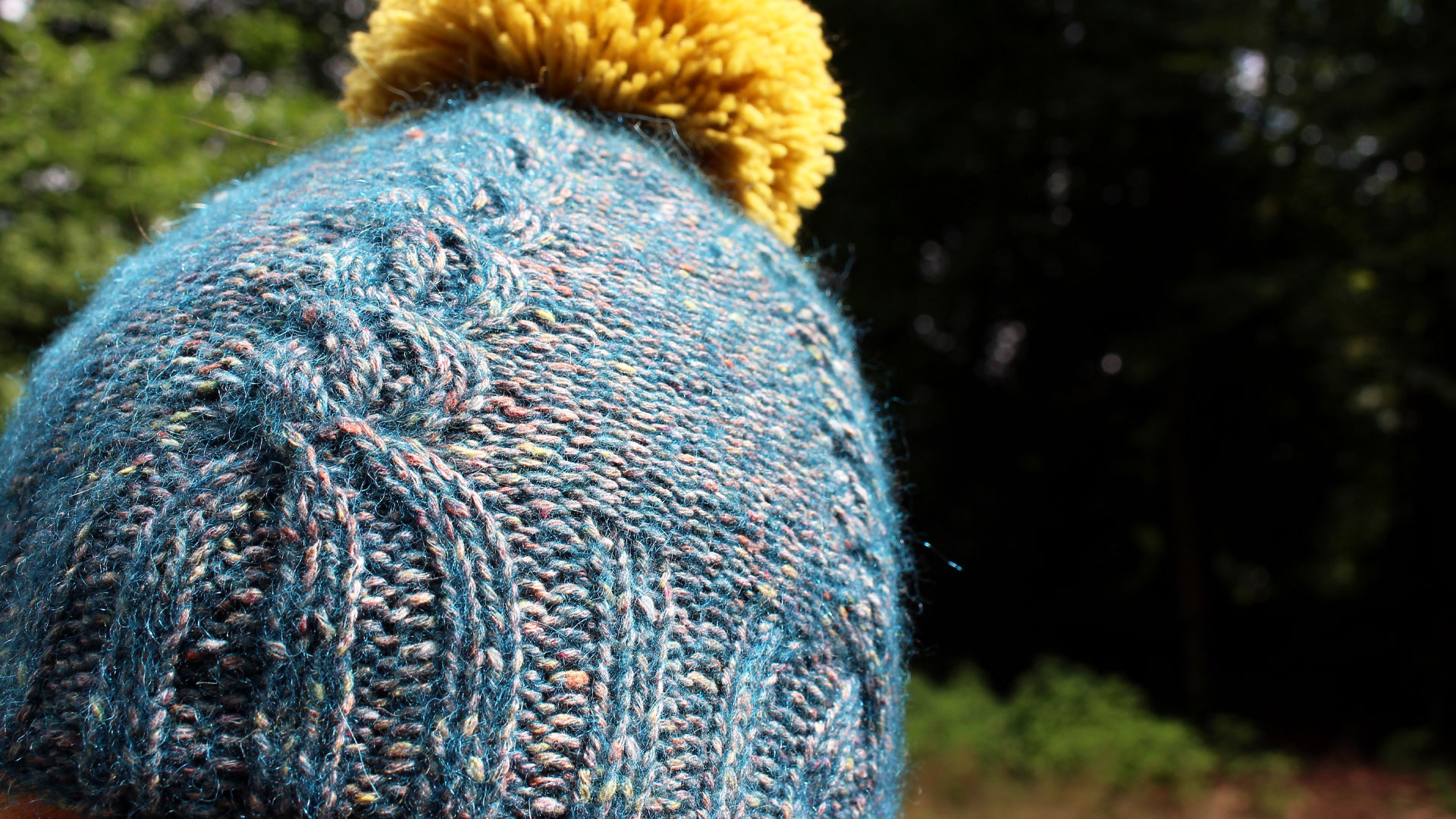
TROPICAL CYCLONES
Das nicht ganz so klassische Zopfmuster ist super einfach zu stricken und besteht aus einem Muster-Rapport über 20 Maschen.
Stricke als Vorbereitung für diese Mütze die ersten Runden in einem einfachem Rippen-Bündchenmuster, das aus 2 rechte Maschen und 2 linke Maschen besteht.
Für meine Mütze habe ich 100 Maschen angeschlagen.
Dann stricke das Zopfmuster nach Anleitung.
Wiederhole die Zopfreihe, bis du die gewünschte Länge erreicht hast. In meinem Fall habe ich das Muster 6 Mal wiederholt.
Bei der Gestaltung der Krone bin ich etwas intuitiv vorgegangen. Nachdem ich den letzten Zopf gestrickt hatte, habe ich die Abnahme zunächst 4 Mal im Zwischenbereich der Zöpfe mit linken Maschen gemacht (2 Maschen jeweils links zusammen gestrickt). Dabei habe ich zwischen jeder Abnahme eine Runde ohne Abnahme gestrickt.
Nachdem ich mit meinen Abnahmen etwas über dem Zopfmuster angelangt war, habe ich die restliche Maschenanzahl durch 5 geteilt und dort einen Maschenmarker gesetzt. Nun habe ich wieder regelmäßig zwei linke Maschen vor dem Marker links zusammen gestrickt.
Da ich für diese Mütze einen PomPom vorgesehen hatte, wollte ich, dass die Mütze nicht zu spitz zusammenläuft. Daher habe ich die letzten Abnahmen ohne Zwischenrunden gestrickt.
Übrigens, wenn ihr nicht wisst, wie man einen XL-PomPom selbst herstellt, dann schaut euch doch einfach kurz mein YouTube Tutorial dazu an. Denn gerade wenn man das Mützen-Stricken für sich entdeckt hat, sollte man definitiv wissen, wie man den passenden Bommel dazu selbst bastelt.
Übrigens, damit euch das Muster noch einfacher von der Hand geht, habe ich für euch ein Strick-Tutorial auf meinen YouTube Kanal hochgeladen.
Für meine Mütze im Video verwende ich folgende Materialien (alle selbst bezahlt):
Rundstricknadel: Symfonie von Knit Pro, Nadelstärke 4,0
Wolle für die Mütze: Ecopuno Tweed von Lana Grossa, Farbe: 306, Petrol meliert
Wolle für den XL-PomPom: Meilenweit Uni von Lana Grossa, Farbe: 1370, Senfgelb
Viel Spaß beim Nachstricken!

